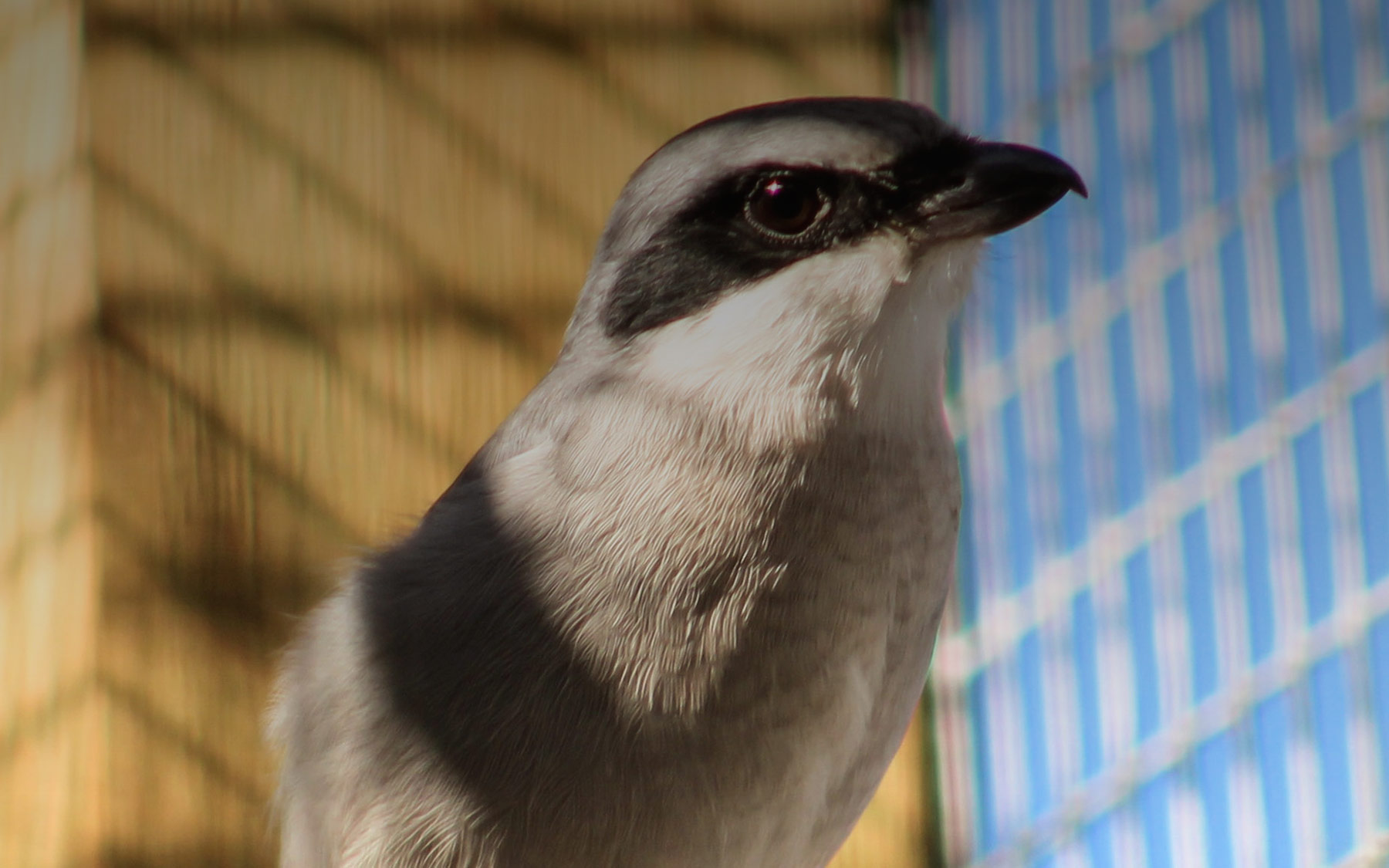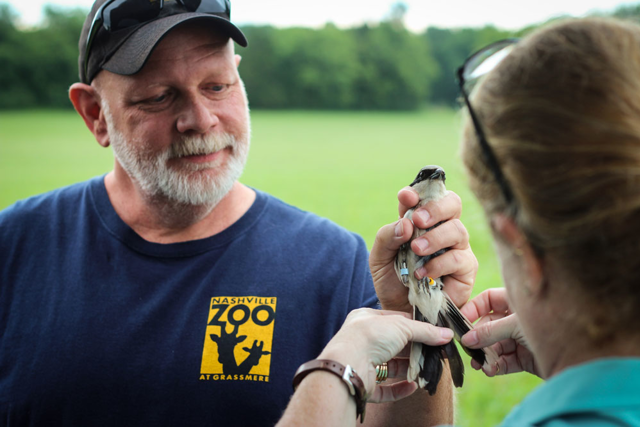
Species Information
The loggerhead shrike (Lanius ludovicianus) lives primarily in the Southeastern portion of the United States but has been known to nest as far north as southern New Jersey and in the Ontario province of Canada, where they are endangered.
Loggerhead shrikes are often found in open pastures or grasslands with elevated perches and nesting sites, especially areas that have barbed-wire fencing. The shrike is nicknamed the “butcherbird” for its habit of impaling prey on thorny shrubs and barbed wire. Their diet mainly consists of large insects, small mammals, reptiles and occasionally smaller birds.
The loggerhead shrike, along with many other grassland bird species, is in steep decline. The loggerhead shrike has lost an estimated 74% of its population since 1970 and the population could decline by half in the next 25 years without significant action.

IUCN Classified: Near Threatened
The TN Wildlife Action Plan also identifies the loggerhead shrike as a species of greatest conservation need. The cause of shrikes’ decline in population is poorly understood and is the subject of much research. Direct loss and degradation of native grassland habitats have been cited as a primary factor in the decline of loggerhead shrikes.



